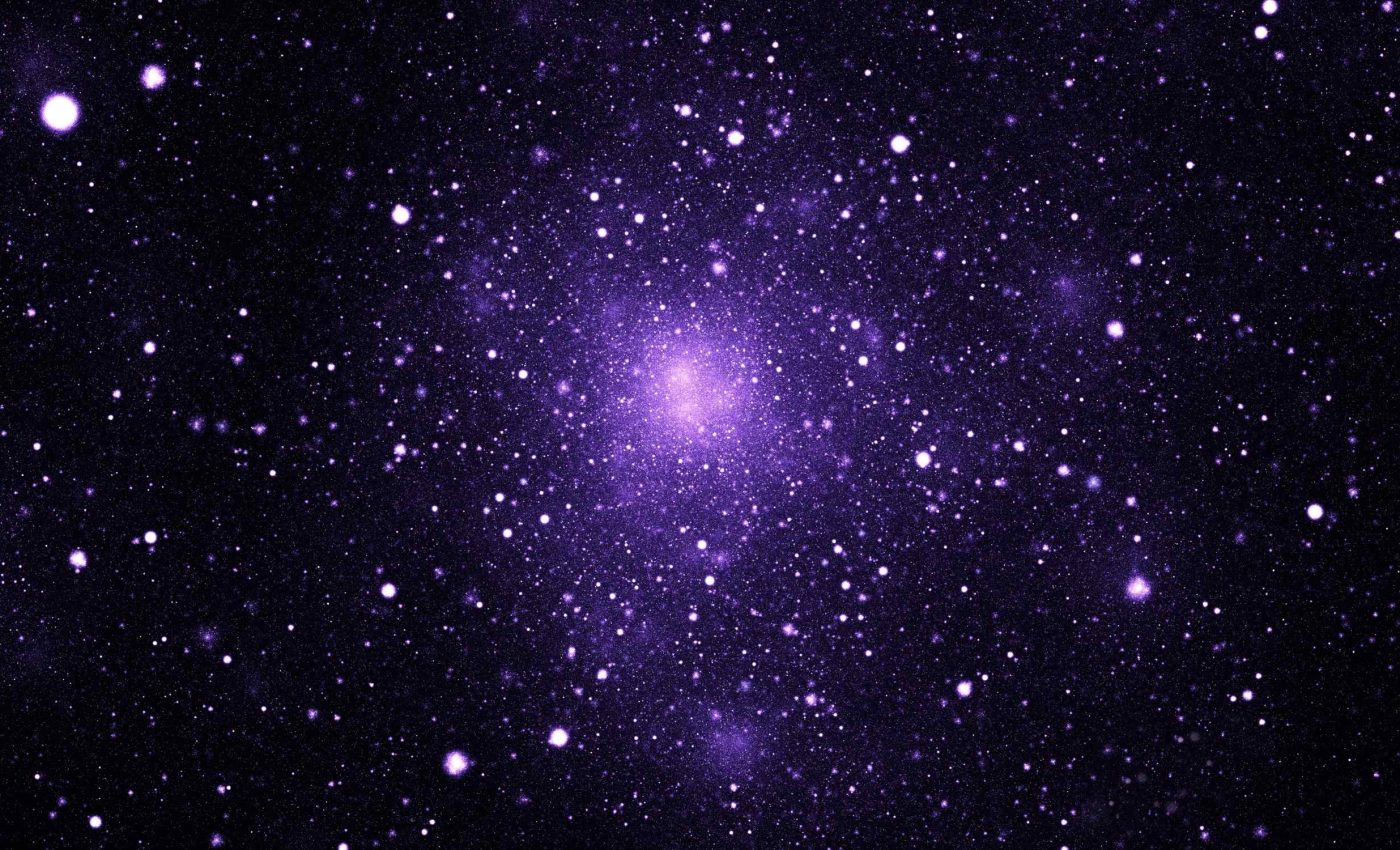
Oxygen detected in the most distant and primitive galaxy ever analyzed
Scientists have detected oxygen in a galaxy so distant that its light traveled for 13.4 billion years to reach us. This discovery offers an exciting peek back into cosmic events that happened only a few hundred million years after everything got started.
The researchers say it is the most faraway system confirmed to show such atomic signals, highlighting the power of advanced telescopes that work together. They also identified intense star formation and a relatively low level of heavier elements.
Scanning the galaxy for oxygen
Jorge Zavala, an astronomer at the East Asian ALMA Regional Center at the National Astronomical Observatory of Japan, played a key role in this effort.
“We pointed the more than forty 12-m antennas of the Atacama Large Millimeter/submillimeter Array (ALMA) and the 6.5-m James Webb Space Telescope (JWST) for several hours at a sky position that would appear totally empty to the naked human eye,” said Zavala.
The goal was to catch a signal from one of the most distant astronomical objects known to date, he noted.
The team successfully detected the emission from excited atoms of different elements such as hydrogen and oxygen. These emissions give scientists a clue about the materials that built the earliest stars.
Unusual conditions for a galaxy
The galaxy, called GHZ2, has a mass of a few hundred million times our Sun but appears to fit into a region only a few hundred light-years across.
That density might resemble what is seen in tight star clusters, which sparks questions about how such crowded structures formed so early in the universe’s history.
The metallicity – the portion of heavier elements – is around one-tenth of what we find in our Sun’s neighborhood. That is not surprising for something that appeared when the universe was still young; yet it shows that metals built up faster than initially expected.
Bursts of star formation
Hot, short-lived stars dominate this object, which explains its brilliant shine and unusual energy signature.
The radiation of the stars is strong enough to generate elements across the galaxy such as ionized oxygen and hydrogen. It shines in a way that intrigues astronomers who compare it to star factories in far more mature galaxies.
Observations indicate that star birth happens quickly in that environment, indicating a burst-like cycle rather than a slow pace.
Many think these flurries of activity involving oxygen happened more frequently in the ancient universe, which possibly accounts for how certain galaxies grew so large, so rapidly.
Possible clues to star clusters
Studies suggest that GHZ2 might hold insights into the origin of globular clusters, which are long-lived, tightly packed groups of stars.
Some of these features, such as similar element patterns and high-density populations, echo what we see in those clusters inside the Milky Way.
Researchers are still evaluating whether galaxies like GHZ2 might have seeded these ancient stellar gatherings. If so, it could fill a major gap in astrophysics by explaining how such clusters emerged.
Evolution of the early universe
Tom Bakx is an astronomer at Chalmers University in Sweden, and former researcher at Nagoya University.
“This study is a crown on the multi-year endeavor to understand galaxies in the early Universe,” said Bakx. “Additional telescope time will be key to investigating how metals, star formation, and black holes evolved in the early universe.”
The analysis of multiple emission lines enabled several key tests of galaxy properties, and demonstrated the capabilities of ALMA through a synergy of telescopes like the JWST.
The researchers explained that current results open the door to deeper inquiries into the dawn of galaxy assembly.
Oxygen detection in galaxies
Experts also note that each new detection highlights the advantage of combining data from tools that specialize in imaging at different wavelengths.
By merging radio and infrared observations, researchers can unravel the building blocks of galaxies that thrived only a few hundred million years after everything began.
Scientists have now turned their focus to capturing additional emission lines that could reveal the structure and chemistry of these distant systems. Those signals may shed light on black hole growth patterns, as well as the cosmic influences that shaped large-scale structures.
Eventually, a more complete picture of the early universe could clarify how stars and clusters formed under harsh conditions. Although it sounds challenging, every new breakthrough brings us closer to understanding how galaxies grew from humble beginnings.
Future research directions
GHZ2 stands out as a reminder that cosmic evolution took off at a swift pace. Researchers believe similar objects might still lie undiscovered, waiting to add new pieces to the puzzle.
This analysis signals a big leap in pinpointing when and how the earliest stellar communities arose. Scientists hope that follow-up observations will confirm details about the galaxy’s structure and oxygen’s role in cosmic history.
The study is published in the journal Nature Astronomy.
—–
Like what you read? Subscribe to our newsletter for engaging articles, exclusive content, and the latest updates.
Check us out on EarthSnap, a free app brought to you by Eric Ralls and Earth.com.
—–













